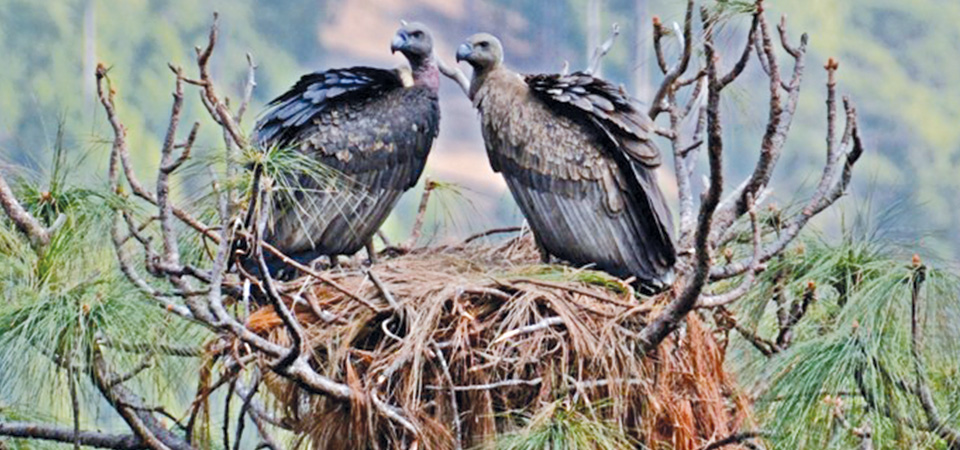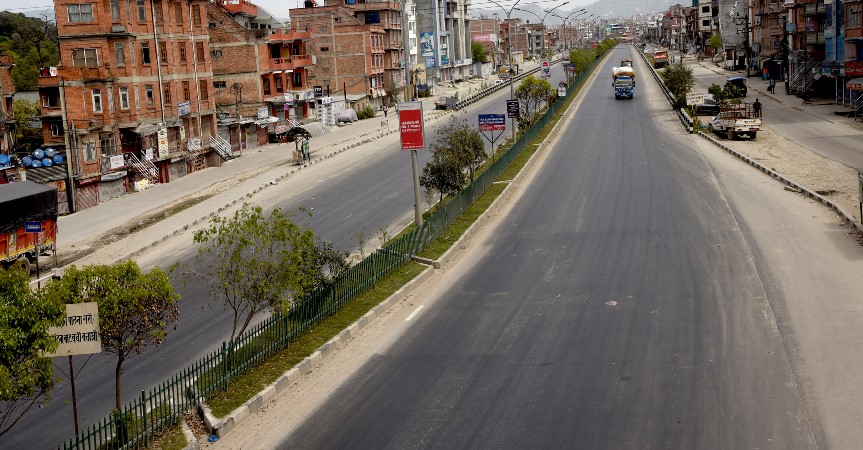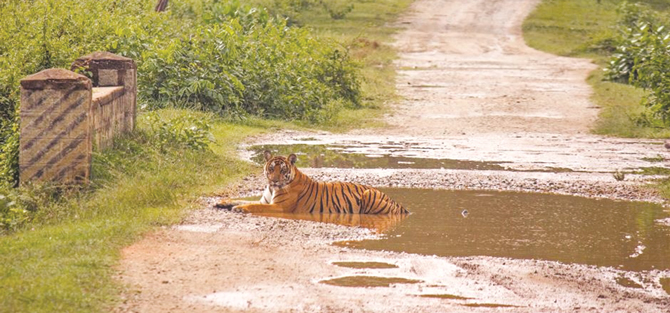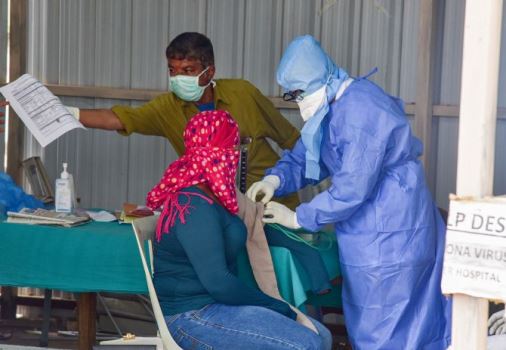Anthropogenic activities causing decline in raptor population

By Indira Aryal
Kathmandu, Oct. 31: The majority of the raptors (birds of prey), which play a unique role in the ecosystem and are regarded as effective indicators of environmental health, are now in decline due mainly to anthropogenic causes.
Power lines, poisoning and persecution are significant threats to raptors, especially to rare eagles and vultures in Nepal, said a recently published research on “Threats to Raptors in Nepal.”
Electrocution by overhead power lines, general disturbance, and climate change are the major threats to such species, the experts said. To minimise such threats and to reduce raptor collisions and electrocution on power lines, it is important to retrofit electric poles and use glowing units on electric wires in the most affected areas, said ornithologist Dr. Tulsi Subedi.
Dr. Subedi, who is also Director of Programmes at Himalayan Nature, said that raptor species like vultures are important for the rapid disposal of animal carcasses but the majority of the species are now in decline mainly due to anthropogenic causes.
The research conducted by Dr. Subedi and team found out that electrocution and collision with power lines have been recognized as significant human-induced sources of non-natural mortality for birds worldwide, and especially for raptors.
Raptors can be easily electrocuted when they bridge a naked energized wire with another phase or earth conductor. Raptors are especially sensitive to electrocution as they often use pylons as hunting perches, the research paper said.
The frequency of electrocution incidents is higher in areas most used by raptors, such as inside occupied territories, areas with high prey density, or in areas where natural perches are scarce.
It is very common that birds may not be killed instantly in the electrocution but the injury can lead to death some distance away from the lines, Dr. Subedi said.
Some raptors, especially vultures, are sensitive to collision with power lines because it is hard for birds to detect and avoid such areas within their movement route. With these various causes, raptors are declining globally and this, in turn, is affecting ecological, cultural and religious values, he said.
The research said 18 per cent of raptor species are on the verge of extinction and an additional 52 per cent are declining in most ranges of the species across the world.
Nepal is home to approximately 19 per cent of these species, according to BirdLife International. Raptors constitute 28 per cent of the globally threatened birds found in Nepal.
Loss of habitat caused by the spread of agriculture and deforestation and the increase in non-natural mortality caused by human persecution, poisoning and interactions with human-made infrastructure are the main threats to raptors in general.
It is believed that pesticide poisoning alone threatens 41 per cent of raptors in Nepal.
The study was conducted on power poles and electricity distribution poles in Chitwan, Lumbini, Annapurna, Kathmandu and Pokhara, to record the raptors and other bird casualties during the years 2018 and 2021.
Recent News

Do not make expressions casting dout on election: EC
14 Apr, 2022
CM Bhatta says may New Year 2079 BS inspire positive thinking
14 Apr, 2022
Three new cases, 44 recoveries in 24 hours
14 Apr, 2022
689 climbers of 84 teams so far acquire permits for climbing various peaks this spring season
14 Apr, 2022
How the rising cost of living crisis is impacting Nepal
14 Apr, 2022
US military confirms an interstellar meteor collided with Earth
14 Apr, 2022
Valneva Covid vaccine approved for use in UK
14 Apr, 2022
Chair Prachanda highlights need of unity among Maoist, Communist forces
14 Apr, 2022
Ranbir Kapoor and Alia Bhatt: Bollywood toasts star couple on wedding
14 Apr, 2022
President Bhandari confers decorations (Photo Feature)
14 Apr, 2022









